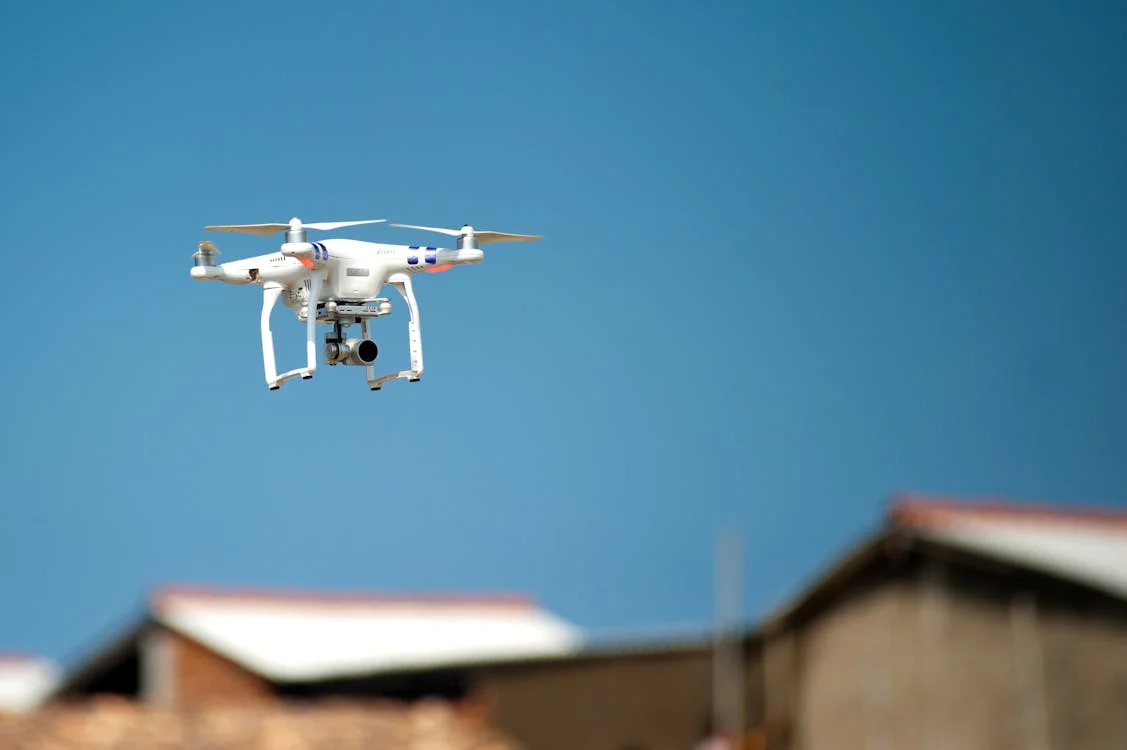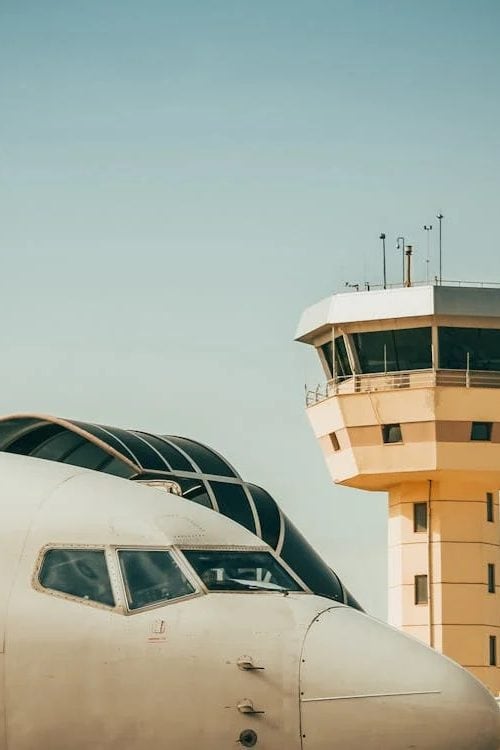In recent years, the rapid advancement of drone technology has ushered in a new era of logistics and delivery services, promising to redefine how goods are transported across urban and rural landscapes alike. Drone deliveries have the potential to reduce costs and times whilst decreasing the environmental burden of deliveries, and they have a very broad use case as well.
As experts in aviation management, including commercial charters, and permits, here at Flightworx we always have one eye on the future. As a leading voice on flight support solutions, we believe that drone deliveries play a huge part in future flight logistics.
What Does the Drone Delivery Process Look Like?
Drone deliveries are more complicated than they seem because they involve constant drone checking procedures, in-flight monitoring, and efficiency considerations for the battery and the route.
1) Placing an order
If it is available for the type of goods and destination, the customer selects drone delivery when they place an order.
2) Preparing the drone delivery
The items are selected and packaged at a distribution centre before being loaded at the cargo department, where the weight and size of the shipment are checked.
3) Planning and pre-flight checking
In the preparation stage, the drone’s battery status and payload integrity is checked and the predicted weather conditions are factored into the GPS route to calculate the most efficient and safe path.
4) The delivery drone begins its flight
The drone is launched from the distribution centre or a separate launch site and it navigates autonomously along the pre-determined delivery route using GPS location, inbuilt sensors, and AI.
5) Monitoring the drone
The drone is monitored at an operations centre which can assess any unexpected situations and the customer can track their delivery via an app or a website.
6) Drone landing or hover delivery
When the delivery drone arrives at its destination it will complete a final check to make sure it has the correct location before either landing at a predesignated area like a landing pad or it descends to a safe height before releasing the package using a winch system.
7) Delivery confirmation and return
A confirmation of the delivery is sent to the customer via an app or email and the drone returns to its base via a predesignated route that aligns with its battery life, or it moves on to the next destination if it is completing multiple deliveries in one flight.
8) The post-drone-delivery process
Once the drone has returned it will need to undergo post-flight checks including maintenance and battery recharging before it is ready to complete another delivery. Details of the delivery, like obstacles and battery usage, may also be recorded or uploaded to help the algorithm improve future deliveries.
Case Study: Manna Drone Delivery Service in Dublin
Manna, a drone delivery startup, revolutionised deliveries in Dublin, Ireland, by deploying drones that delivered goods directly to customers’ homes in less than 3 minutes. This pilot project, focusing on delivering food, prescriptions, and essential items, partnered with local businesses to offer a fast, eco-friendly alternative to traditional delivery methods. Equipped with advanced navigation systems, these drones ensured precise and safe deliveries under various weather conditions.
The service significantly enhanced delivery times, offering unprecedented convenience and efficiency. It also provided an environmentally friendly solution, demonstrating a considerable reduction in carbon emissions compared to conventional vehicle deliveries. Manna’s success in Dublin showcased the potential of drone deliveries to improve operational efficiency for businesses while reducing environmental impacts.
This pilot represents a step forward in the adoption of drone technology, suggesting a promising future for sustainable delivery solutions worldwide. The SME already has collaborations in place with the likes of Tesco, Coca-Cola, Samsung, and Ben & Jerries.
Where Will Drone Deliveries Be Used?
Drones will work differently depending on the sector or situation where they are being deployed. For example, while many of the fundamentals are the same, drone deliveries will be different for batch food deliveries compared to fragile disaster relief packages.
Here are some contexts where drone deliveries could play a vital role in the future.
Deliveries of Medical and Healthcare Supplies
Drones offer a swift and efficient method to transport critical medical supplies, including vaccines, medications, and blood samples, especially to remote or hard-to-reach areas. This capability is crucial in emergencies or in regions with limited access to healthcare facilities, where timely delivery can significantly impact patient outcomes.
E-commerce Delivery Drones and Retail
For the e-commerce and retail industries, drone deliveries can enhance the customer experience by providing faster delivery options. This is particularly appealing for the delivery of small, high-value items that customers may need or desire quickly, such as electronics, books, or speciality foods. Drone delivery helps companies stay competitive by meeting consumer expectations for speed and convenience.
Food Delivery Using Drones
Drones are being explored as a solution for delivering food orders directly to consumers’ homes. This method can reduce delivery times and costs, ensuring that food arrives hot and fresh. It’s an attractive option for restaurants and food delivery services looking to expand their reach and efficiency.
Disaster Relief and Humanitarian Aid With Drones
Drones can play a vital role in disaster relief operations by delivering essential supplies, such as food, water, and medicine, to areas affected by natural disasters or conflict. Their ability to reach areas cut off by flooding, earthquakes, or infrastructure damage makes them an invaluable tool in humanitarian aid efforts.
CONTACT OUR TEAM TODAY
Once a figment of science fiction, drone deliveries are now at the forefront of retail innovation. While there are some regulatory, security, and logistical challenges to overcome, they have the potential to drastically reduce overall delivery costs and times, as well as the negative environmental impacts of these deliveries.
Here at Flightworx, we aim to stay on top of the latest advancements in flight management and logistics. Our expertise in aviation could help with the operational aspects of drone delivery services, especially in areas like flight planning and regulatory compliance. Simply contact us today to find out how we can help you innovate one step at a time.
Aviation News
Aviation Guides
- What is Sustainable Aviation Fuel?
- A Short Guide to FBO’s – the Dos and Dont’s
- Current Risks to Aviation
- How Air Cargo is Revolutionising the Global Economy
- The Cost To Operate A Private Jet
- Infrastructure For Sustainable Aviation Fuel
- Why There Is A Need To Improve Aviation Industry
- Emergency Flight Charter
- Diplomatic Flight Operations




